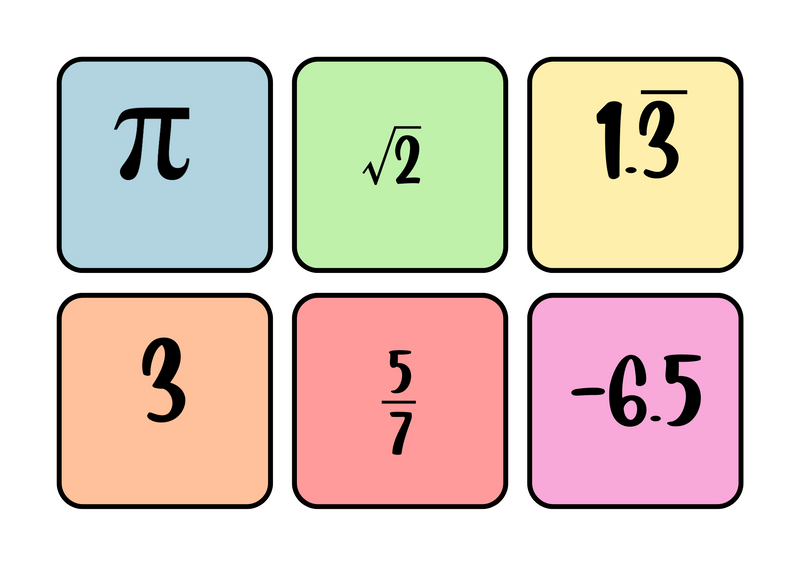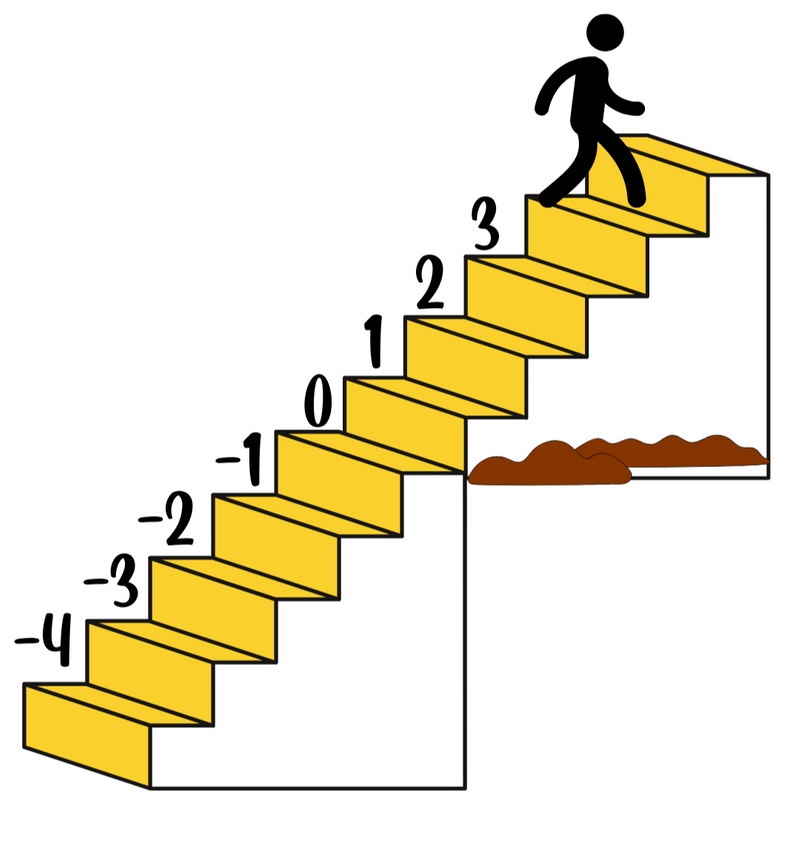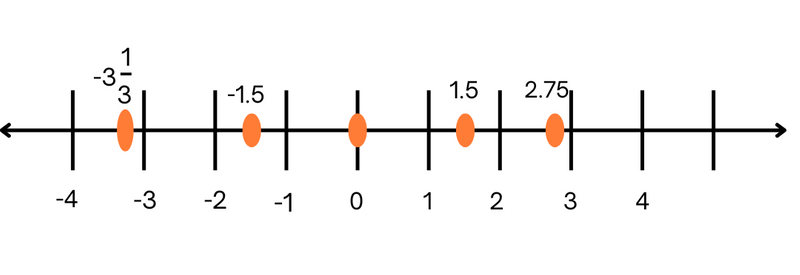Look at these numbers:
 You might be wondering...are these even real??? 🤔
You might be wondering...are these even real??? 🤔

They don’t all look the same.
Some feel “normal" — like 3.
Others look a bit strange — with decimals, fractions, or symbols like √.
Have you ever heard the terms real numbers and integers?
You might be surprised to learn how they're connected — and what sets them apart.
Let's explore how these groups of numbers compare.
What Are Integers?
Imagine you're climbing a staircase.
You can go up the steps (positive numbers) or down below the ground (negative numbers).
And there's one step at ground level — zero.
But notice — you can’t stand on half a step or 2.5 steps — that would be pretty awkward, right? 😀
 Image created by the author via Canva
Image created by the author via Canva
Integers include:
positive whole numbers like 1, 2, 3,...
negative whole numbers like -1, -2, -3,...
zero
 Real-life examples of integers:
Real-life examples of integers:
4 coins in your wallet
30 students in a class
0 new messages
-2 floors below ground
These are integers because they are complete numbers with no decimals or fractions.
 Real-life examples of non-integers:
Real-life examples of non-integers:
2.5 hours of screen time
1/2 meters of rope
-30.33°C on a thermometer
1.75 gallons of juice
These aren't integers because they're not whole quantities.So, what kind of numbers are they? Let's find out!
Quiz
Which of these CANNOT be an integer?
What Are Real Numbers?
Real numbers are all the numbers you can find on a number line.
They include:
Integers like -3, 0, 5
Decimals like 1.4, 2.46, -10.8
Fractions like 1/2, 7/10, 5/6
Numbers that go on forever, such as:
Repeating decimals like 0.333333.... (also written as 0.3̅ )
Non-repeating decimals like √2 or π
 Image created by the author via Canva
Image created by the author via Canva
All these numbers belong to one big family called "real numbers".
Real numbers are everywhere — in your bank account, temperatures, recipes, distances, and many more. 📌
Quiz
Which of the following are real numbers? Select all that apply:
Real Numbers vs Integers
All integers are real numbers, but not all real numbers are integers.

Let's take another look at the number line:
 The big solid marks (-4, -3, -2, -1, 0, 1, 2, 3, 4,...) are the integers, whereas real numbers include all the integers and everything in between.
The big solid marks (-4, -3, -2, -1, 0, 1, 2, 3, 4,...) are the integers, whereas real numbers include all the integers and everything in between.
For example, numbers like -2.5, 0.75, 1.33, and 3.14 are all real numbers — they have decimals or fractions that fit between the whole-number spots.
Quiz
Which of the following is a real number, but NOT an integer?
Take Action

Try these steps to explore the difference between real numbers and integers:
Your feedback matters to us.
This Byte helped me better understand the topic.
